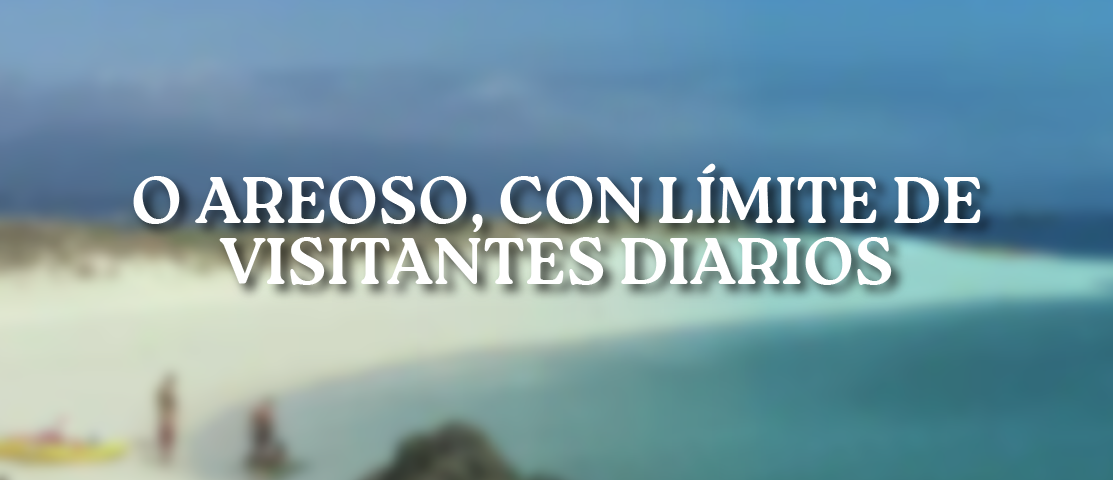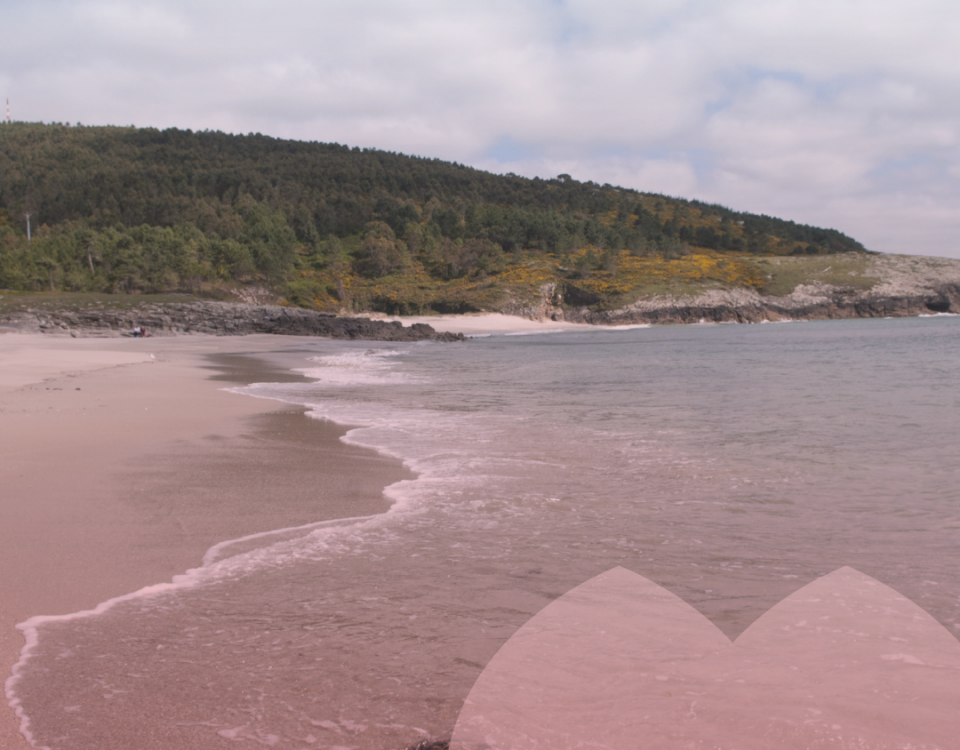- El mejor turismo de galicia
O Areoso will only be able to receive 150 visitors per day
O Areoso will only be able to receive 150 visitors per day
- Access will be divided into three visits per day.
- Active tourism companies must adapt their activity to the new regulations, which will come into force at the beginning of July.
The Xunta de Galicia will regulate the public uses and activities allowed in the Os Guidoiros archipelago, of which O Areoso, the Guidoiro Pedregoso island and the A Rúa island are a part. In recent years the islet, renamed ‘the Galician Caribbean’, has seen a growing influx of visitors. For this reason, the Administration launched a project to regulate access and activities in this area. In total, they received 375 allegations and contributions, of which they incorporated around 90%.
The Minister for the Environment, Territory and Housing, Ánxeles Vázquez, announced that the order is expected to come into force at the beginning of July, with the aim of guaranteeing a balance between the protection of values and resources and the public use of the A natural space.
The order establishes restrictions on visits during the high season, limiting them to 150 visitors per day allowed, through three visiting shifts: from dawn to 1:00 p.m.; from 1:00 p.m. to 5:00 p.m., and from 5:00 p.m. to sunset. On the other hand, recreational fishing is allowed, except in a distance of 200 meters around O Areoso. Funding will be allowed, but in a restricted manner.
Active tourism companies must adapt their activity to the regulatory news. Except for last-minute changes, of the 150 people who will visit O Areoso, 24 places will be reserved for kayak visits. One of the entities that offers this visit is Piragüilla, belonging to the Galicia Destino Sostenible product club.
Access to the space will be through a system similar to that for access to the Atlantic Islands Maritime-Terrestrial National Park, or Las Catedrales beach, which will be accompanied by random checks. Failure to comply with the order will result in sanctions ranging from light (100 to 3,000 euros) to serious, when they affect the natural heritage (3,000 to 200,000 euros).









